Xiamen
Location and Area Xiamen is just situated in the centre of the west coast of Taiwan straits and the southern Fujian golden triangle area, spanning latitude 23°31’- 28°18’ N and longtitude117°52′-118°26′ E. The city directly faces Jinmen Islands to the east and Longhai city to the south and its land expands to the border of Nan’an city, An’xi county, Changtai county and Longhai city. It consists of the mainland across Xiamen Bay, Xiamen Island, Gulangyu Island and Xiamen Bay. Covering a totaled area of 1,699.39 square kilometers, Xiamen has a land area of 157.76 square kilometers (including Gulang Island) and a sea area of 390 square kilometers. Geology of Xiamen In the long geological history, Xiamen has undergone many times of crustal movement, seawater transgression and regression. The first-level terrace of 5 to 10m meters in Xiamen Island began rising above the sea level six millenniums ago, and the crashing trace by abrasion can be found obviously on the rock on the Yunding Mountain, whose age is above 100 million years. The construction of Xiamen is in the eastern section of volcanic fault basin in the eastern Fujian and the southwest of Southern Fujian coastal metamorphic belt, which belongs to the seismic belt of the southeast coast of China. The design standard for a shock-proof building is 7.5 levels. Landform The city’s terrain slope downward from northwest to southeast, most of the landscape in northwest is highly mountainous and hilly. The highest summit in Xiamen is the 1,175.2-meter-high Yunding Mountain at the border of Tong’an and An’xi country. It is characterized by high plains, low plains, terraces, sea alluvial plains and tidal flats from northwest to southeast and its south bank area is Xiamen Island and Gulang Island. Xiamen Island is the fourth largest island in Fujian, on which he highest peak stands 339.6 meters above sea level. While Gulang Island, locating in the southwest bank to Xiamen Island, is separated from Xiamen by a 700-meter-wide Egret River. The Sunlight Rock is the highest peak in the island, 93 meters above the sea level. Sea Areas Xiamen seas are composed of Xiamen Port, the outer port area, Maluan Bay, Tong’an Bay, the estuary of Jiulon River and its eastern water channel. Islands such as Great Kinmen, lesser Kinmen, Bold Island and Two Gall Island scattering along Xiamen, act as a natural barrier to Xiamen harbor and makes it a natural harbor with deep water all the year around. The coastline resources provide harbor with the capacity to build berths that can accommodate 100,000 tonnage of capacity. For instance, the south of Gulang Island boasting sea area of 14 square kilometers and water depth of 10 meters, is suitable for 100,000-tonnage ships. The inland waterways basically are deep-water channels at a depth of above 10 meters, allowing free access of 50,000-tonnage ships. And the Liuwudian on the east of Xiamen Island can also guarantee the free access of ships capable of ten thousand tons of cargo at once. Xiamen has a coastal line that zigzags to 234 kilometers, among which 43 kilometers belong to deep-water coastline with water depth of 12 meters. The coastline suitable for building berth runs as long as 27 km. Climate Roughly 1.5 degrees away from the tropic of cancer, Xiamen situates in the subtropical oceanic monsoon climate area. The mean temperature was 20.9 ℃ through the year. It is recorded that the lowest temperature ( Dec. 29, 1991) ever since declined to 1.5 ℃ while the hottest temperature (on Jul. 20, 2007) went up to 39.2℃. Thus we say the city has not winner all the year around. Usually we define spring from mid February till the end of April, summer from early May till the end of October, autumn from the end of October to early February. The rainfall season mainly concentrates on the months from April to August, with the spatial distraction of annual rainfall precipitation forming a decreasing trend from southeast to northwest. The average annual rainfall of Tong’an District and Xiamen Island is 1,464mm and 1,143mm respectively. The wind in Xiamen is dense and fast-moving with an average wind speed of 3.4 m/s and the wind power is measured Grade 8 or above for 22.4 days. Typhoon hits Xiamen in late summer and early autumn more often than any other months. On the average, about one typhoon lands in or among 100 km of Xiamen each year since 1956. The typhoon landed on Aug. 23, 1959 was the strongest in Xiamen with maximum instantaneous wind speed of 60 meters per second. (The instrument was damaged since the limit speed was above the value that the instrument can measure at that time). According to historical records, Xiamen mainly affected by typhoon during the month of August, and the intensity this month could be stronger, the second is the month of July and September. The earliest typhoon so far has been monitored throughout the year is that landing in May 17, 1974 and the latest one is that in Dec. 3, 2004. The strongest typhoon hit Xiamen since the foundation was the Super Typhoon Meranti landing in Xiang’an district costal area. Resources Xiamen is rich in aquatic resources and there are almost 2,000 known marine species, of which 157 are common fish with economic value, 89 are mollusks, 127 are crustaceans and 139 are algae. Both the amphioxus and the Chinese White Dolphin are known as National class I protected animals, and the horseshoe crab is the key protected rare animal in Fujian. There is a shortage of metal mineral resources in Xiamen, and the already found minerals are thorium, iron, manganese, copper, tungsten, lead, titanium, molybdenum and zinc. Granite and grit material are Xiamen’s important non-metallic mineral resources, widely distributed with large reserveand high economic value. Granite landform and sandy beaches are also important tourism resources in Xiamen. Other non-metallic minerals with a high value of exploitation also include kaolin, refractory clay, tile brick clay, etc. Since Xiamen is an island surrounded by the sea, the fresh water is scarce on the island. 80% of daily water used for life is supplied by the Jiulong River and the city’s multi-year average amount of water resource is 1.247 billion cubic meters, with per capita water resources of 513 cubic meters. It has been found that there are 14 hot springs spots or thermal abnormal points, and the water temperature is usually from 50 degrees Celsius to 60 degrees Celsius, with a maximum of 90 degrees Celsius. The total mining volume allowable is 33,002 m3/day. The carbon dioxide, hydrogen sulfide, metasilicic acid, fluorine, bromine, radon and other chemical components in the water have high potential for development and utilization. City Flower, City Tree & City Bird In October 1986, the 23rd Session of the Standing Committee of the 8th Municipal People's Congress decided that the bougainvillea be the city flower, the phoenix wood be the city tree and the egret be the city bird of Xiamen.
History of Xiamen Xiamen is one of the first five special economic zones (SEZ) in China administrating 6 districts:Siming, Huli, Jimei ,Haicang,Tong'an and Xiang'an. South Fujian Dialect is the language which is predominantly spoken in Xiamen.It is said it was once egret inhabited place,so it is also called Egret Island.
The history of Xiamen dates back to the ancient times. It was part of Tong'an County, which was established in the 3rd year of Emperor Taikang's reign in the Jin Dynasty (282 A.D.). The County was first under Jin'an Prefecture but was later merged into Nan'an County. In the 19th year of Emperor Zhengyuan's reign in the Tang Dynasty (803 A.D), Datong Square was set up in Southwest Nan'an County and later became Tong'an County under Quanzhou in the 4th year of Emperor Changxing's reign in the Late Tang Dynasty (933 A.D). During the Song Dynasty, the place was under the rule of Qingyuan Army and Pinghai Army of Quanzhou. Then it was under the government of Quanzhou Province in the Yuan Dynasty and later Quanzhou Borough in the Ming Dynasty. It was not until the 20th year of Emperor Hongwu's reign in the Ming Dynasty (1387) that Xiamen Town was built. Later in the Qing Dynasty in the 7th year of Emperor Sunzhi's reign (1650), Xiamen was the place where Zheng Chenggong, the national hero, stationed his troops. In the 12th year (1655) the Siming Prefecture was established but was abolished in the 19th year of Emperor Kangxi's reign (1680). In the 23rd year (1684) the Tai-Xia Dao (Taiwan-Xiamen Defense Region) was established, with the Chief Magistrate ruling from Taiwan. (In the 6th year of Emperor Yongzheng's reign, namely 1728, Taiwan Borough was changed into Taiwan Region.) In the 25th year (1686) departments were set up in Quanzhou Prefecture to rule over the area. In the 5th year of Emperor Yongzheng's reign (1727) the Xingquan Region, (which was changed into Xingquanyong Region). was established in Xiamen to instead of in Quanzhou, its original settlement. In the 29th year of Emperor Guangxu's reign in the Qing Dynasty (1903), Gulangyu Islet fell into the hands of foreign invaders and became an International Settlement. In the first year of the Republic of China (1912), Siming County was established in April, encompassing Jiahe Neighbourhood of Tong'an County (namely Xiamen), Jinmen Islet and the Dadeng/Xiaodeng Islets. The same year in September saw the establishment of Siming Borough. Later in 1915, Jinmen Islet and the Dadeng/Xiaodeng Islets were separated from the Siming County to form Jinmen County themselves. In the same year Nanlu Region, (which was changed to the name of Xiamen Region in 1914 but was abolished in 1925) was set up.
In 1933 Xiamen was established as a special municipality by the "People's Revolutionary Government of the Republic of China" (namely "Fujian People's Government"). In 1934, both Tong'an County and Siming County belonged to the Fifth Administrative Region (with Tong'an as the capital). In April 1935 the Xiamen Municipality was set up, encompassing seven islets including Xiamen and Gulangyu. The original Siming County was abolished and the Heshan Special Zone was set up instead. The Xiamen Municipality and the Heshan Special Zone together with Tong'an County were subject to the government of the Fourth Administrative Region (with Tong'an as the capital). During the period from May 1938 to September 1945, Xiamen was in the hands of Japanese invaders. In October 1945 Xiamen was re-established as a city, which comprised four districts: Zhongxin (later renamed as Siming), Kaiyuan, Gulangyu and Heshan. September and October of 1949 witnessed the liberation of Tong'an County and Xiamen City in succession. Tong'an became part of the Fifth Prefecture (later changed to the name of the Prefecture of Quanzhou and the Prefecture of Jinjiang) while Xiamen became a municipality under the government of the province. In October 1950 five districts were set up in Xiamen: Kaiyuan, Siming, Gulangyu, Xiagang (abolished later) and Heshan. In 1953, Jimei Town of Tong'an County came to be under the administration of Xiamen. In January 1958 Heshan District was changed into suburbs. In August of the same year Tong'an County was separated from the Jinjiang Prefecture to become an administrative district under Xiamen. In August 1966, Kaiyuan District and Siming District were renamed Dongfeng and Xiangyang respectively (but the original names were restored in October 1979). In February 1970, Tong'an County was again divided from Xiamen to be under the administration of Jinjiang Prefecture but was later returned back to Xiamen in June 1973. In September 1978 Xinglin District was established, and a new district, the Huli District, was further set up in 1987. In the same year, the suburbs of Xiamen became Jimei District. In 1997, Tong'an became a district attached to Xiamen instead of a county.Till then, Under the jurisdiction of the municipality are seven districts Gulangyu Island,Siming,Kaiyuan,Xinglin,Huli,Jimei and Tong'an .
Siming District
Siming District is like a brilliant pearl nestled in the embrace of the south of Xiamen Island, a coastal city in southeast China, blessed with a charming sight and a riot of floral colors and scents. It is a beautiful harbor landscape district. Moreover, it is one of the most economically active areas on the west coast of the Taiwan Strait.
With a total coverage area of 84 sq.km, Siming District now houses a permanent population of 1.066 million that accounts for about 1/5 of the city's total. Within its jurisdiction, there are railway stations, wharves, railways, BRT and buses forming a traffic network, and four bridges and two tunnels reaching outside the island, thus realizing multi-dimensional access inside and outside the island, with obvious agglomeration and spreading power in the central urban area. It is both the core urban area and the political, economic, cultural and financial center of Xiamen. Siming District topped in 2023 a GDP of 273 billion yuan that accounted for about 1/3 of the city’s total, and a total fiscal revenue of 41 billion yuan, stabilizing its first rank among the counties and districts in Fujian Province for 8 consecutive years.
Huli District
Huli is the origin of the Xiamen Special Economic Zone, Established in November 1987.Lying in the northern part of Xiamen Island, Huli District stretches across two waters along eight mountains and is surrounded by three sea areas, looking across the sea from Jinmen Island. It covers a coverage area of 73.9 sq.km, or 46.8% of Xiamen Island, and has jurisdiction over 59 communities in 5 sub-districts with a total population of 1.012 million, including 574,000 migrants. In recent years, it has been awarded the honorary titles of China's Top 100 Industrial Districts, National Ecological Civilization Construction Demonstration Zone, National Demonstration Zone for Economical and Intensive Use of Homeland Resources, National Health Promotion Zone, Provincial Strong Education Zone, and Provincial Civilized Demonstration City District.
Jimei District
Jimei District is located on the southeastern coast of China and opposite to Taiwan Island across the sea. It is home to Mr.Chen Jiageng who is honored as "flag of overseas Chinese and glory of the Chinese people". It is also a famous Taiwanese investment zone, a hometown of overseas Chinese and a scenic area. It is the geometric center of Xiamen and the metropolitan region of Xiamen, Zhangzhou and Quanzhou and thus a transportation hub in Southwest Fujian.
Jimei has a coverage area of 276sq.km, 2 towns, i.e. Guankou and Houxi Town, 4 subdistricts, i.e. Xinglin, Jimei, Qiaoying and Xingbin Subdistricts, 45 communities and 21 administrative villages with a permanent population of over 1 million.
Haicang District
Situated in the west side of Xiamen Island, Haicang stands at the protruding part of the Xiamen-hangzhou-Quanzhou Golden Triangle in Southern Fujian. It is an important port for expanding trade by sea in southern Fujian, Haicang can serve as the "bridgehead" in deepening exchanges and cooperation with Taiwan, promoting the urban integration of Xiamen, Zhangzhou and Quanzhou, and realizing cross-island development. It is an important area to transfer core functions of the island and to radiate southwest Fujian. Located to the west of Xiamen Island, Haicang has a coverage area of 186.82 sq.km, a current population of 0.622 million, 4 subdistricts (Haicang, Songyu, Xinyang, Dongfu) and 37 villagers (neighborhood) committees.
Tong'an District
Tong'an is also called the "Silver City". It became a county in the third year (282 A.D.) of the Taikang Period of the Western Jin Dynasty and has a history of over 1,700 years. It is located on the southeastern coast of Fujian and north of Xiamen, at the center of the Minnan "Golden Triangle" and opposite to Taiwan across the ocean. As the largest administrative district of Xiamen, it has a coverage area of 669 sqkm and a permanent population of 0.892 million.
Xiang'an District
Established on October 19, 2003, Xiang'an District covers a total land area of 420 sqkm and a sea area of 134 sqkm, with seven streets and two towns under its jurisdiction. Housing 90 community resident committees and 30 village committees, with a total registered population of about 647,000 , it is the youngest and most dynamic administrative district with development potential in Xiamen.
Source:english.visitxm.com
MORE+




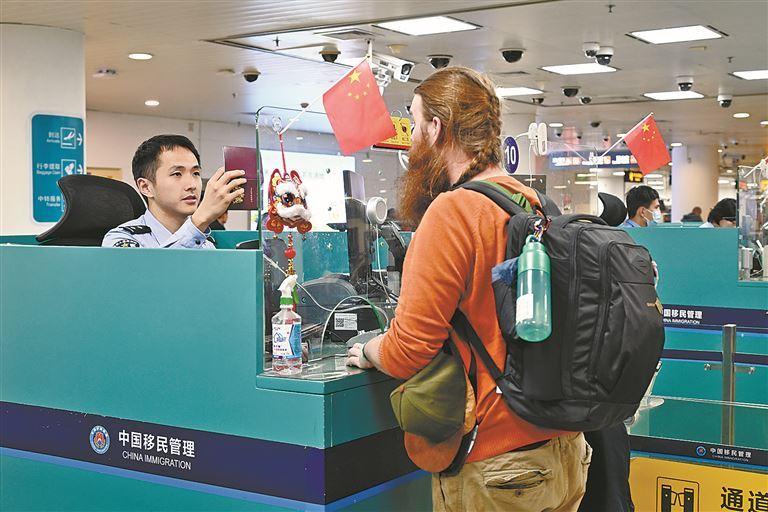







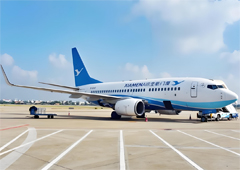

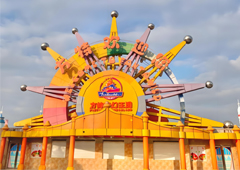





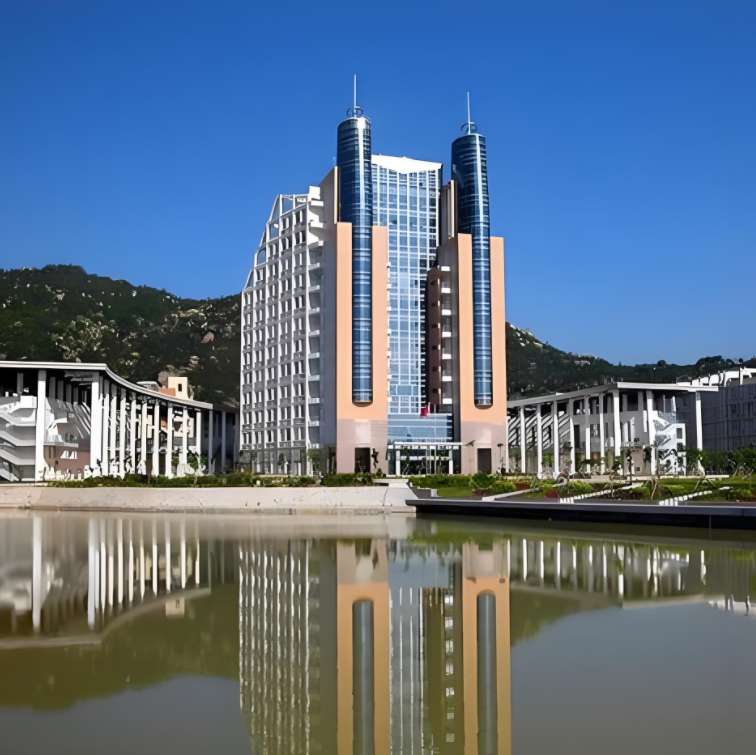
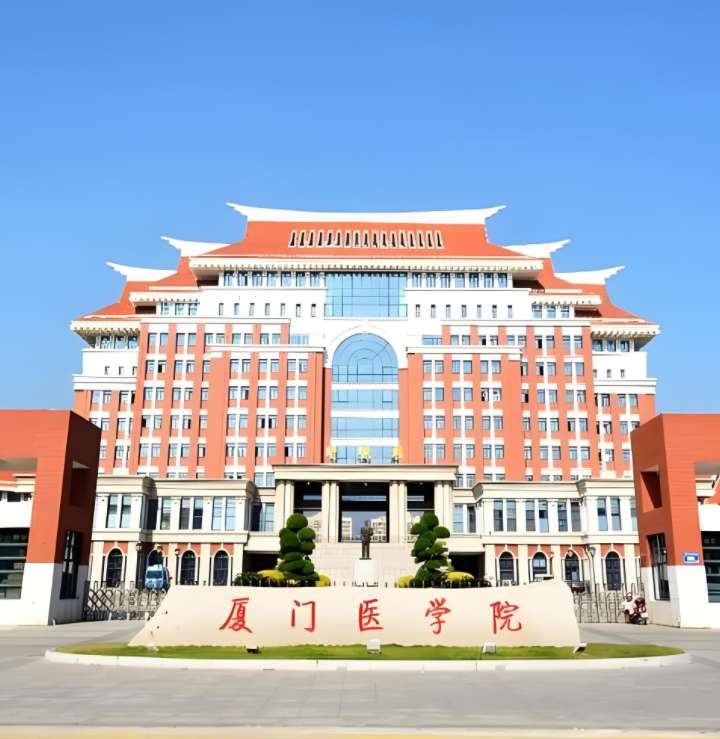
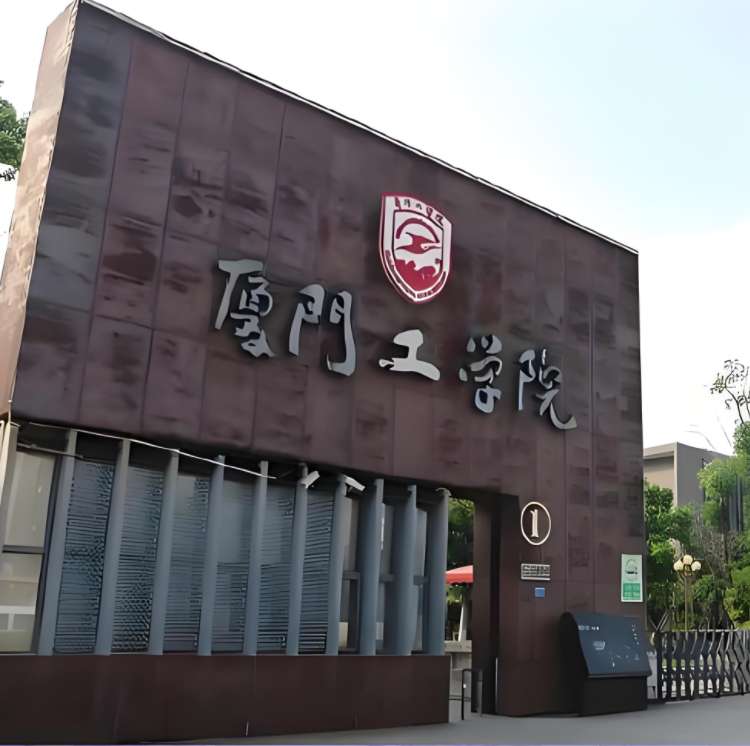
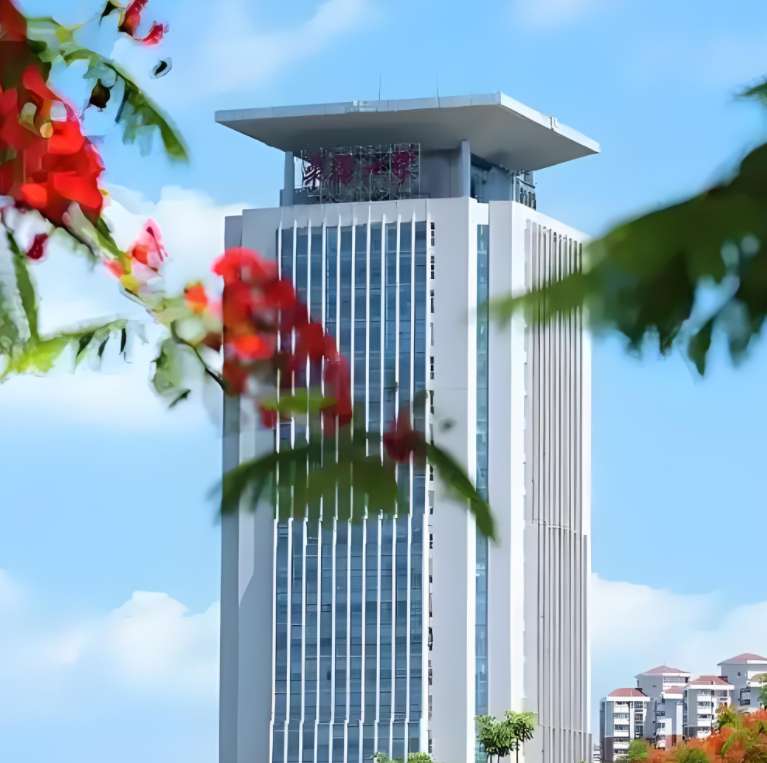
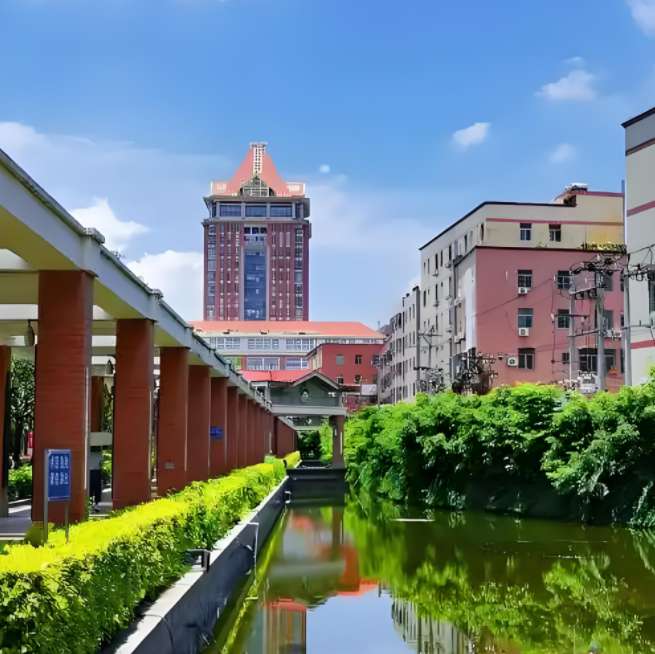
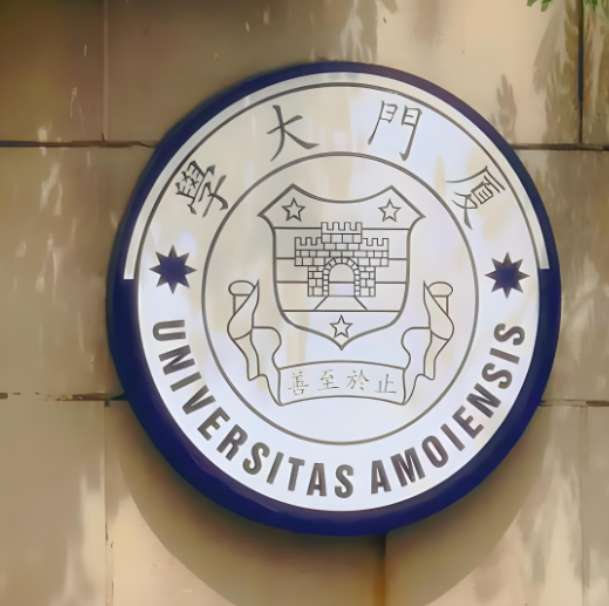
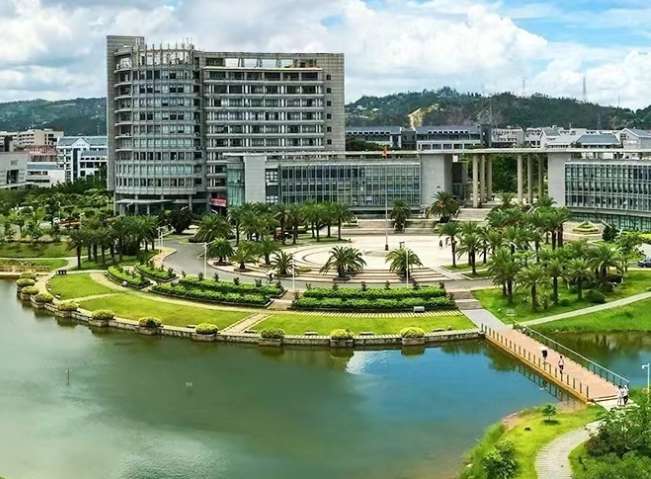
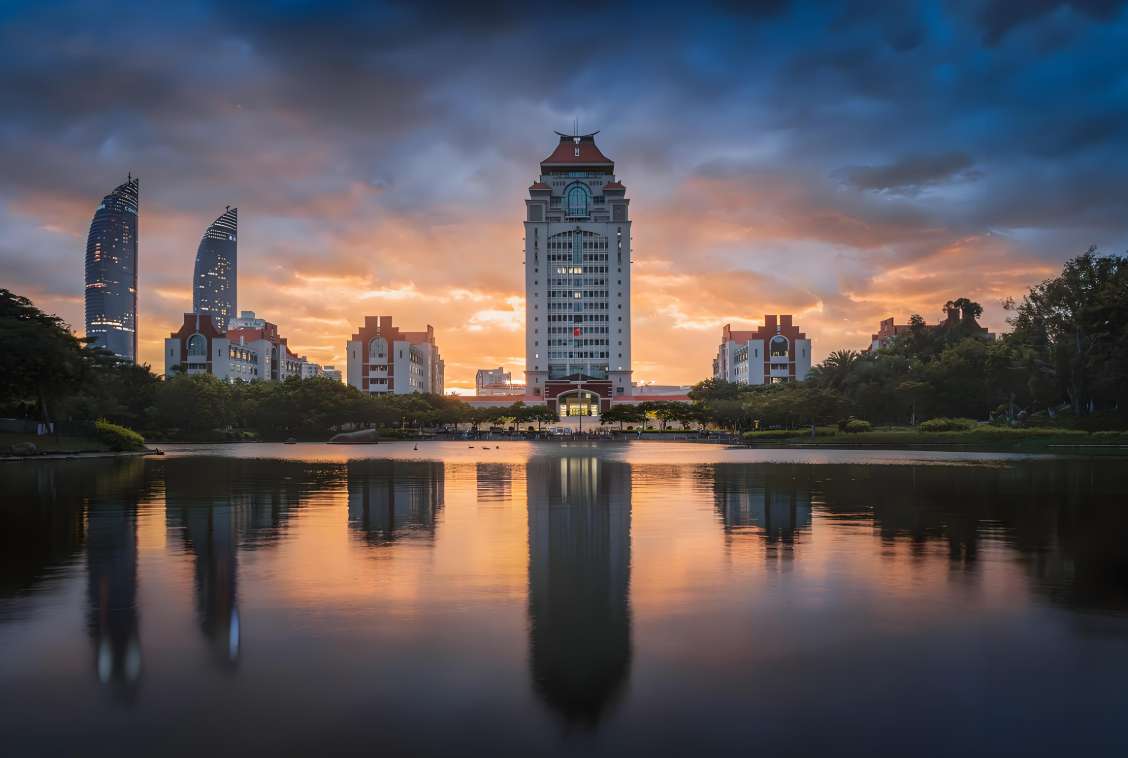
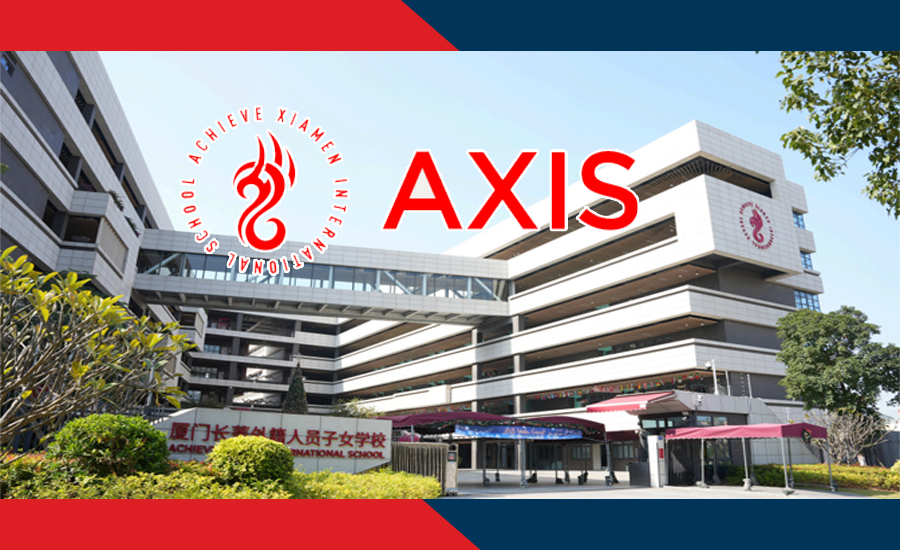
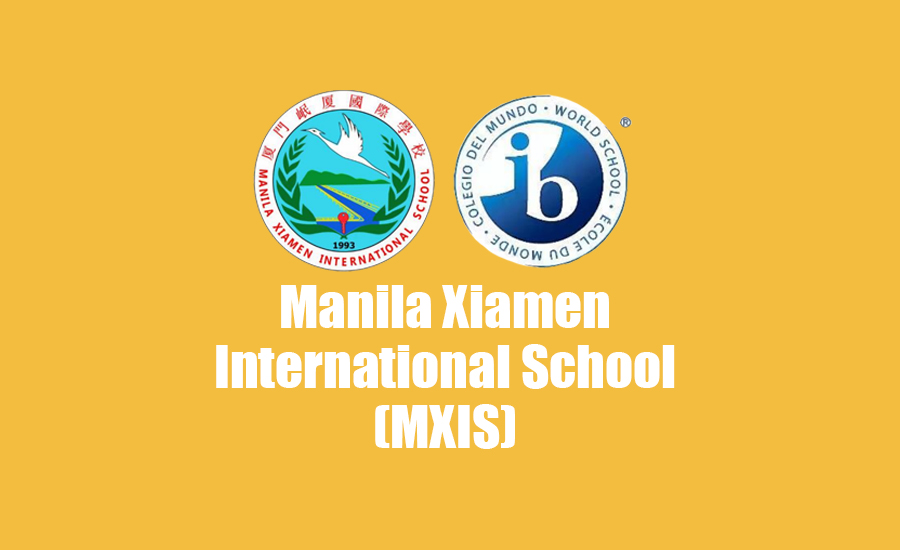
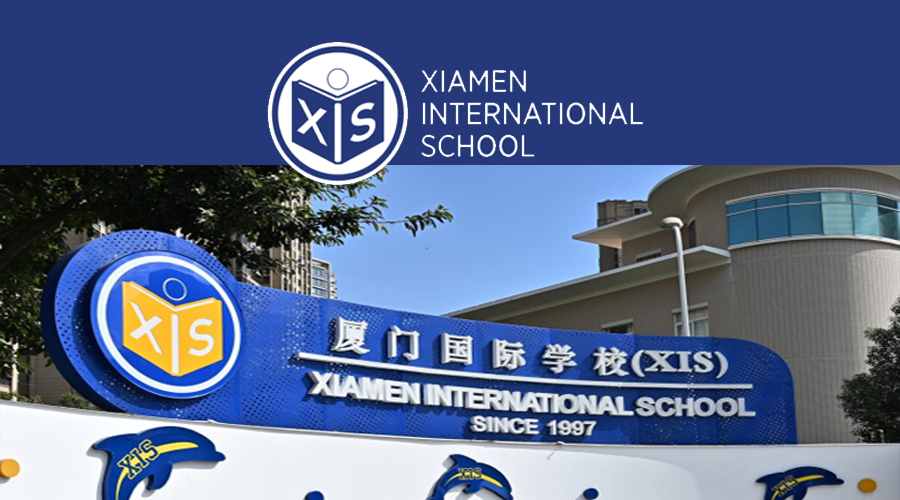
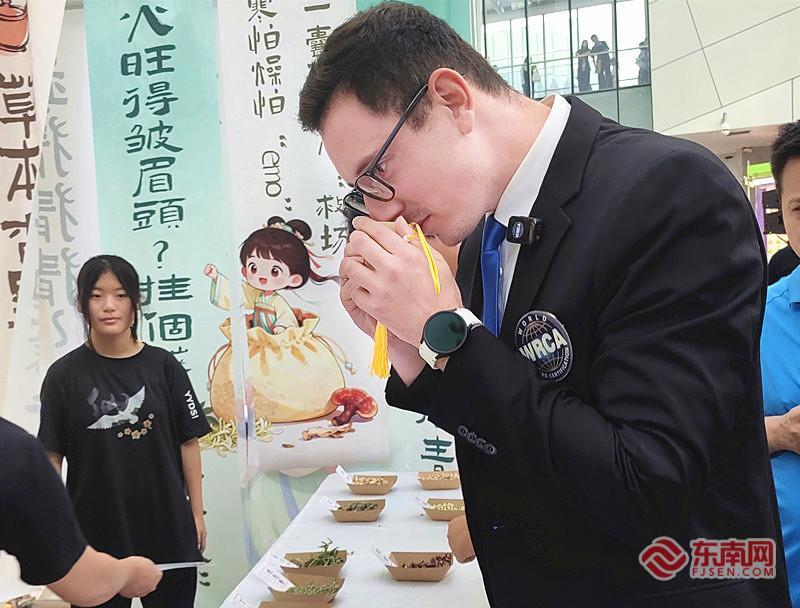




 京公网安备
京公网安备